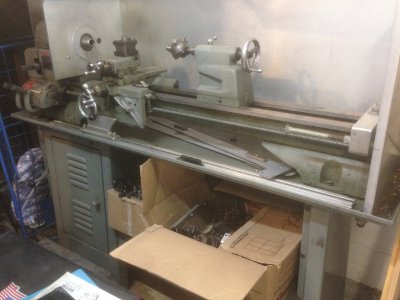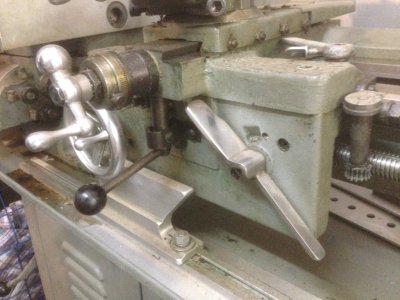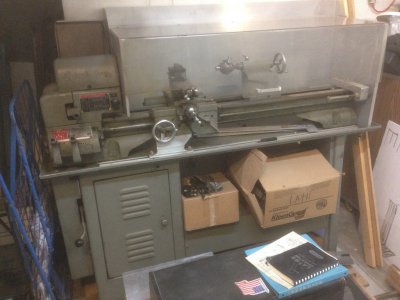- Joined
- Jul 31, 2020
- Messages
- 765
No clutch on my lathe. The solution is "lots of coffee, Cat-Like reflexes, and paying attention like you are driving in heavy traffic in a chaotic Asian country".



It looks like it is part of the "three-sided-box" which entirely wraps the area where chips could be flung (besides Towards the operator). It is best seen in picture number 3.

